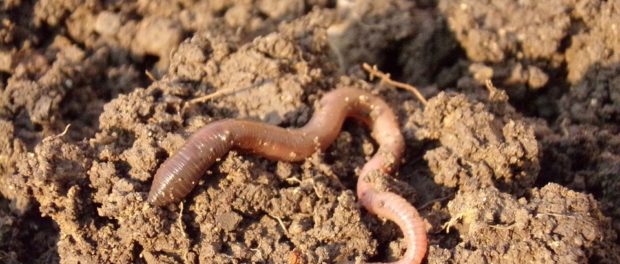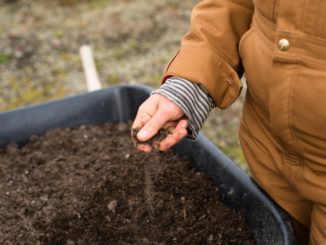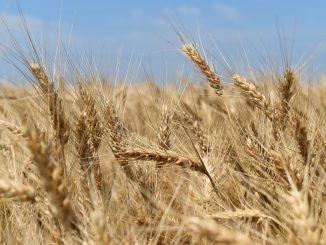By Mario Catizzone
The aim of the 4pour1000 initiative (4per1000 in English) is to increase carbon in the soil by 0.4%. This could help to halt the annual increase in Co2 in the atmosphere. More broadly, the initiative is to share experiences involving land, research work, agricultural practices and policies aimed at increasing soil awareness, including soil’s potential for carbon accumulation.

To improve soil quality and evaluate the impact of changes in agricultural practices, it is necessary to have comparative data on the state of soil. These are so called “indicators” are the results of observation, analysis, studying and modelling. The indicators are important for farmers and other stakeholders as they help with selection of management tools to improve the organic and biological state of soil.
Within the 4 per 1000 Initiative framework, the French Ministry of Agriculture gathered a panel of experts to produce a short document entitled “Indicators on organic and biological state of soil”. The idea was to produce a “living” document which – beginning from a description of existing indicators – would need regular updates following contributions, critiques and suggestions from various users. The document must therefore be used, verified and amended, by staying in touch with the network which produced it and that refers to the Scientific and Technical Committee of the Initiative. The aim here is to obtain a short document which can be used by various stakeholders, including politicians who often ask for comparative data on soil.
Each indicator is described by explaining what exactly has been measured, who uses it and why. It also clarifies how measurements and estimates are made, the stage of the analytical method and its results, the degree of certainty of the results, and finally the advantages and disadvantages of each measurement approach.
The qualitative and quantitative indicators of organic matter are mainly about the amount of carbon and nitrogen present. Indicators on the biological state emphasise the presence of microbiological factors (soil “breathing”, microbial biomass, enzyme activity…) and wildlife factors (earthworm, nematodes, micro-arthropods).
The first version of the document is already available (in French) and can be downloaded from the website of the Ministry, however a new version is expected to be published soon. For this purpose, we ask those interested to send their comments in by 15 March 2017 to the following address: indicateurs_sols.dgpe@agriculture.gouv.fr.
For the moment, this document is for soil experts only. Despite the complexity of the indicators described, the use of this document can gradually become more “simple” especially if we were to install a dialogue and a privileged communication channel between those following the indicator updates and development, and those physically working on land.
Document (FR): “Indicateurs de l’état organique et biologique des sols” (PDF, 411.23 Ko)
Understand the issues (4 pour 1000 website)
A Brief History of Soil Angels
One year ago ARC2020 published an article “From Mud Angels to Soil Angels“ on the idea to create the European Soil’s Angels. This idea came from the European Soil Group (ESG) of the Italian Forum Save the Landscape (SIP Forum).
Since then, the members of the Italian Group has been working to firm up this idea. They have adapted their Italian “Bollettino degli Angeli del Suolo” (published the first day of each month) in an English Newsletter (published the 16th of the same month). From beginning 2017, an Italian website and an English version have been published. This acts as a tool to connect up with other people and associations in the EU dealing with soil, land and landscape.
The SIP Forum supports and is part of different European Actions as i.e. people4soil, stop glifosato, 4×1000 initiative. Its commitment, through the ESG, is to enlarge the platform of awareness concerning soil. Thus, the ESG members are not looking for “Angels” that already deal with environmental thematic. They want to involve those who until now, do not focus on the soil. Furthermore, they want to dialogue with all concerned soil actors, including those who do not currently consider the values of soil for the life and the survival of human beings.
In this context, ambitiously the ESG want to link together a target of more than 10 million Europeans. This will be a long, hard and time consuming journey. Every long journey always begins with a first step – and we are past the frist step!
Do you want to join them? Send an email to suolo.europa@gmail.com to receive the EN Newsletter.
More on ARC2020 about 4pour1000
https://www.arc2020.eu/2016/02/soil-in-the-eu-institution-inertia-people-progress/
https://www.arc2020.eu/2015/12/whats-up-with-frances-soil-carbon-initiative-4-pour-1000/






